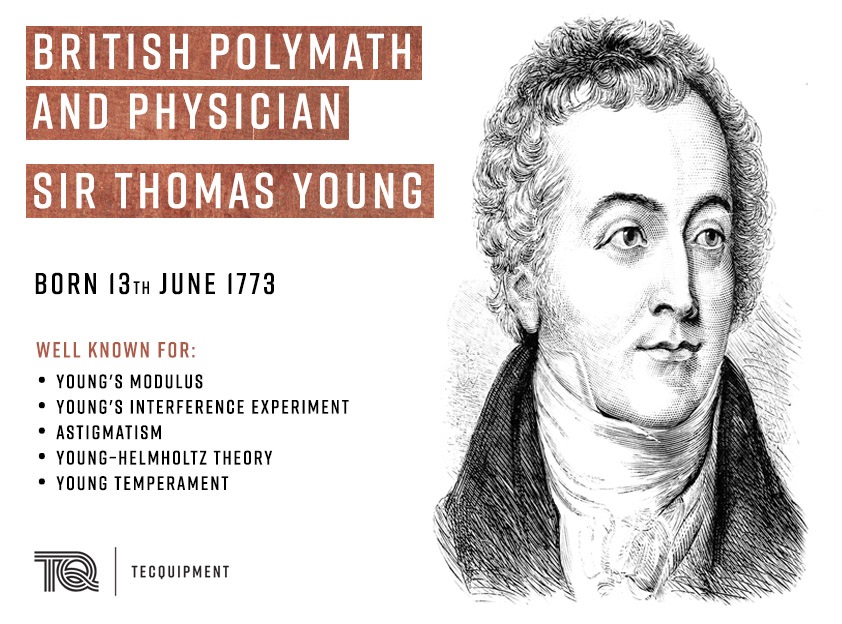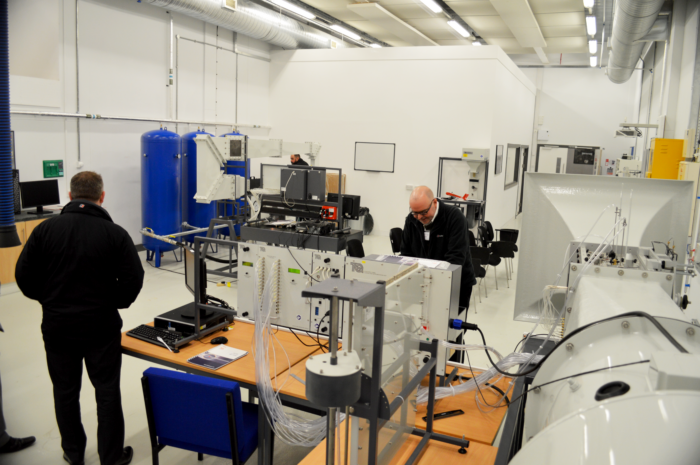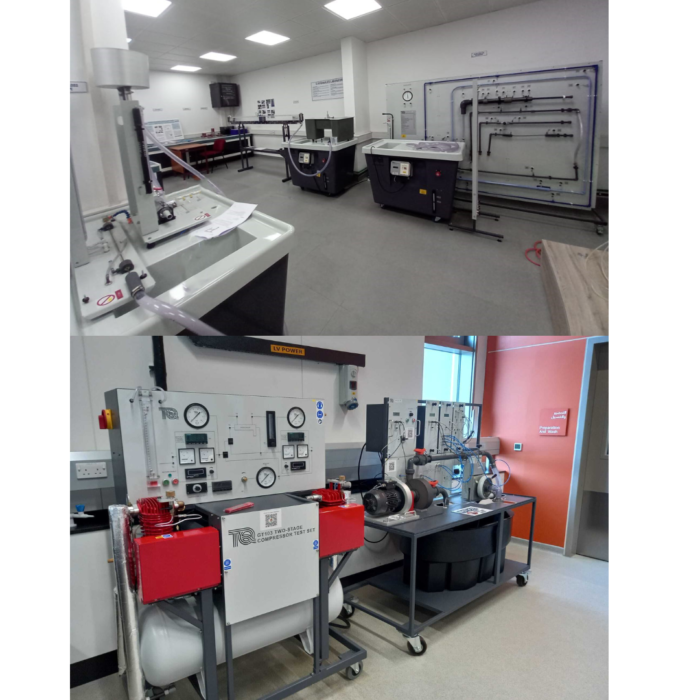
Young’s Research
Young's Modulus (also known as Tensile Modulus, Elastic Modulus or Traction Modulus)
Young described the characterization of elasticity that came to be known as Young's Modulus, denoted as E, in 1807. This is a ratio of the stress divided by the strain on a material. It is a measure of the stiffness of a material (a stiffer material has a higher value of Young’s Modulus).
Straining a material beyond the elastic limit causes it to ‘yield’. Above the yield point the material is in its plastic range. Some materials have very clear yield points that can be illustrated graphically using experiments using apparatus listed below, others (such as light alloys) do not have such clear yield points, so engineers use a ‘proof stress’ or ‘percentage stress’ value.
Students can learn more about Young’s Modulus using the following TecQuipment apparatus:
- Deflection of Beams and Cantilevers Kit (ES4) to understand beam material and deflection
- Tensile Tester Kit (ES6) to find the tensile strength of a material and its elastic and plastic characteristics
- Universal Testing Machine (SM1000) for carrying out destructive and non-destructive material tests
- Bench Top Tensile Testing Machine (SM1002) for testing the upper and lower yield strengths, tensile strength and overall extension of different metal
- Beam Apparatus (SM1004)to illustrate the theory behind bending of beams
- Thin Cylinder (SM1007) to establish the strain relationship and value of Young’s Modulus for the cylinder material
- Strain Gauge Trainer (SM1009) for learning how resistance strain gauges work on different structures
- Stiffness – Bending and Torsion (TE16) for appreciating the stiffness in bending of different materials with the same cross-section.
- Deflection of Beams and Cantilevers(STR4) for the study of beam deflection under different loads and fixing conditions.
Elastic Modulus
The modulus of elasticity is a number that measures a material’s resistance to being deformed elastically (ie non-permanently) when a force is applied to it. Forms of elastic modulus include:
- Young’s Modulus
- Shear Modulus
- Bulk Modulus
- Axial Modulus
- Lame’s First Parameter
- P-wave Modulus














